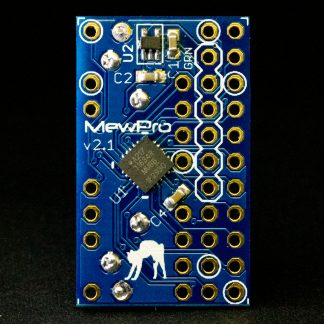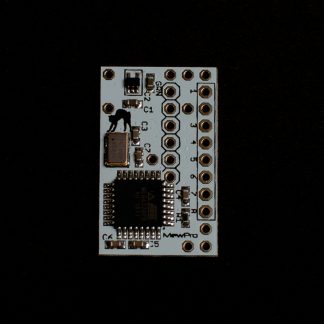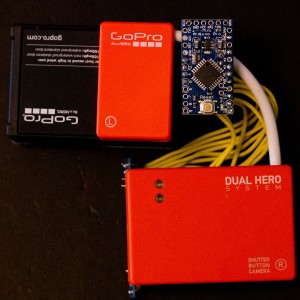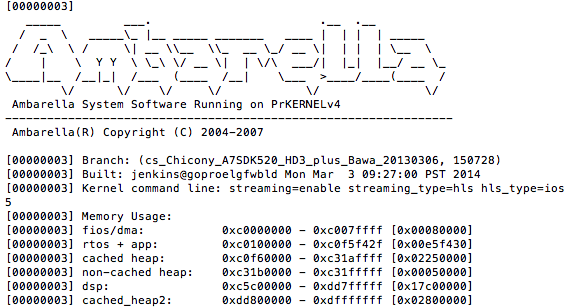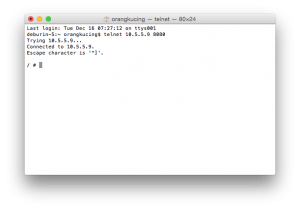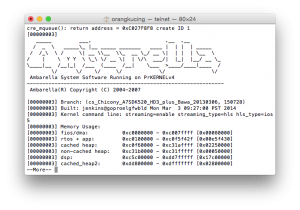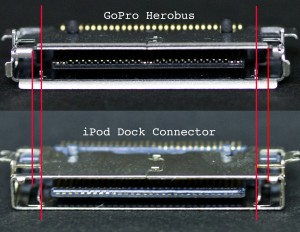GoPro Hero 3+ Black needs not only VSYNC but also HSYNC for genlock, today we found by investigating signals from Dual Hero Bacpac. Thus it never be possible that slow microprocessors like Arduino Pro Mini act as a generator for HSYNC pulses of microsecond-order period.
Capturing in 3D two Hero 3+ Black cameras are now known to work in a strictly synchronized manner: they sync both at the beginnings of every horizontal line (HSYNC) and at the starts of every frame (VSYNC). We thought that VSYNC was suffice, thus we wrote “Genlock MewPro Is Coming Soon” as the previous post in the blog. But that is proved to be not so easy to coming soon. We are now planning to make something new to sync two or more GoPros by using MewPros and an external HSYNC/VSYNC generator. So please stay following this blog if you are interested in genlock.
We wrote in the previous post that VSYNC is the simple pulse wave of period equal to the frame time and of duration 5μs at pin 10 in Herobus. HSYNC is also a simple pulse wave, which is at pin 20 in Herobus (the pin is formerly known as “Left Audio Out” or “pin 11”). For your information we publish the pinout of the white cable between the left and the right bacpacs of Dual Hero System:

Update: We succeeded in making MewPro Genlock Dongle (6 Feb 2015)


